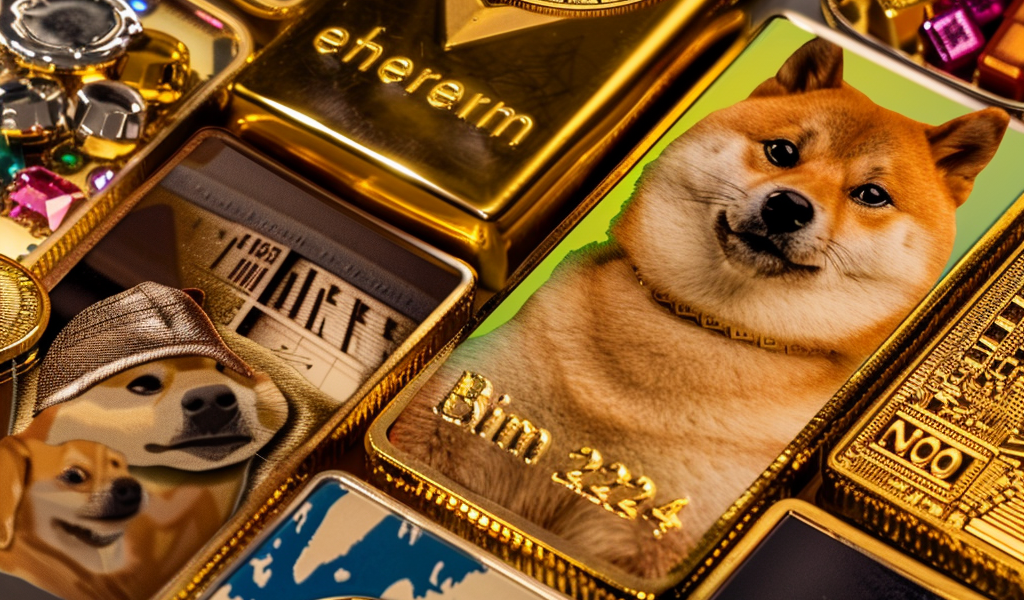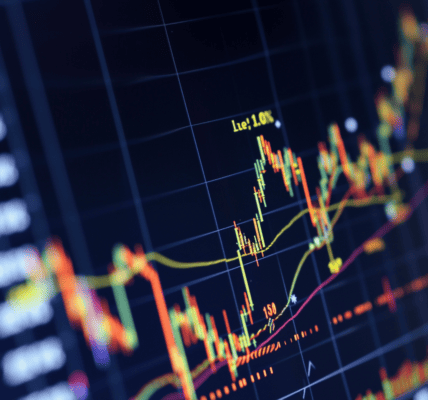Meme investments are making a comeback in 2024, and this time they are not being driven by a Federal Reserve policy of zero interest rates. The phenomenon of ‘zirpless memes’ is gaining traction, indicating a resurgence of speculative fervor in the market.
Following the end of the Federal Reserve’s zero interest rate policy in 2022, meme investments continue to thrive, characterized by assets that lack intrinsic value or predictable income streams. Notably, traditional meme investments such as gold and Bitcoin are experiencing significant surges in value, along with the resurgence of dogecoin and the emergence of newer meme coins like bonk.
Furthermore, the AI industry is also witnessing a surge in speculative activity, with companies like Super Micro Computer experiencing remarkable share-price movements. Reddit, a hub for meme culture, is set to go public with an oversubscribed offering, signaling potential extreme volatility as the company has never been profitable.
Notably, the resurgence of meme investments is evident in the exorbitant amounts of money being spent on non-traditional assets. For instance, an NFT of a dog wearing a hat was sold for $4 million, while associated meme coin WIF boasts a valuation of approximately $3 billion. Similarly, extravagant purchases such as Freddie Mercury’s mustache comb and Kurt Cobain’s jeans further illustrate the growing interest in ephemeral and ironic assets.
Despite the opportunity cost associated with meme investments, as evidenced by the comparison to risk-free Treasury bills, the allure of high returns continues to drive speculative fervor in the market. The current environment reflects a preference for aiming for extraordinary returns, even at the expense of higher risk.
The resurgence of meme investments in 2024 underscores the enduring appeal of speculative assets and the pursuit of significant returns, despite the absence of intrinsic value. As the market continues to witness the resurgence of meme investments, the allure of high returns and speculative fervor remain prevalent, driving the ongoing evolution of investment trends and market dynamics.





